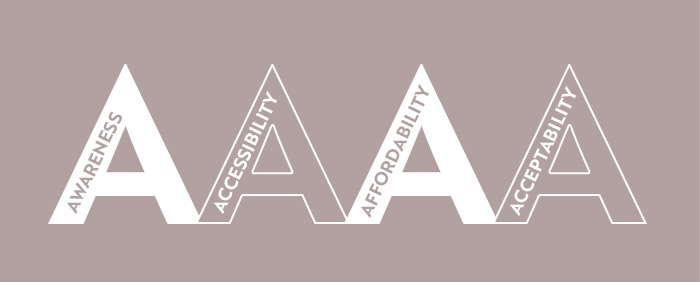I’ve worked in innovation for more than twenty years using a broad range of innovation tools, processes and approaches along the way. In my experience, most of the popular innovation tools share one common theme, an ‘abundance mindset’. They help us to identify what customers ‘really want’ or they find new and more valuable ways to deliver that. But ultimately, they are rooted in the assumption that if you can create a ‘better’ thing, customers will find a way to your offering. And in developed economies even during a recession, this is not an unreasonable starting point.
But what if we know what our customers want, and we just can’t seem to get it to them? Over the last few weeks, businesses around the world have gone from a world of abundance to one of scarcity. Customers are either discouraged or banned outright from many stores and bars.
Supply chains are disrupted. And finance is as uncertain as it has ever been. So, if you’re trying to innovate in the face of scarcity, what can you do?
One unusual innovation tool that I’ve returned to many times in my career at just these moments is simply called, the ‘4As’. It was initially developed by Jagdish N. Shethand Shah in 2003 and popularised by C.K.Prahalad in his book “A Fortune at the Bottom of the Pyramid” (BoP), which focusses on how to serve the 2.5 billion or so consumers living globally on less than $2 per day. The 4A’s is an alternative to the traditional 4P’s ‘marketing mix’ but described the from the ‘endpoint’ of the consumer, rather than describing the ‘levers’ that marketers have available.
I first used this approach to help understand how to serve the needs of BoP consumers in rural China, India and Nigeria and I subsequently found myself using it in other spaces where some form of scarcity was the critical challenge. For example, helping to drive the use of stigmatised products like denture adhesives, enabling compliance with medication or in Ignite Exponential’s recent collaboration with AgSpace, to drive adoption of their compelling Contour platform with unengaged farmers.
I’ve found that its roots in emerging markets make it a powerful framework for understanding barriers to delivery and unleashing innovation. I find the model is most effective as a set of questions in the following order (often the opposite of how the ‘abundant mindset’ approaches innovation, starting with the product):
- Awareness – how do we make customers aware of the offering? How do we ensure it will stand out? How will customers know how to use it?
- Availability – how do we make an offering available to the customer (where they are)? This might be about physical and digital distribution channels as well as bandwidth.
- Affordability – what can customers afford, how and when? Given increasing income uncertainty we need to think beyond value about cost outlay and flexibility of payment.
- Acceptability – finally and bearing in mind the answers to the questions above, what are the needs of the customer (and these might be retailers or distributors too). The offering needs to be designed or adapted to fit what customers have available whether in terms of power, capability, training or environment.
If I had to pick a ‘go-to’ innovation tool for moments like this, it would be the 4As. If you’re trying to pivot how you serve the consumers in the face of the disruption around us, I hope it can help you too.
To help you get going quickly we’ve provided an example of one way we use this tool in the canvas below. If you want help to think about how best to use this tool or other approaches for innovating in scarcity, please contact us.”
Click here to download the 4A’s Innovation tool.

